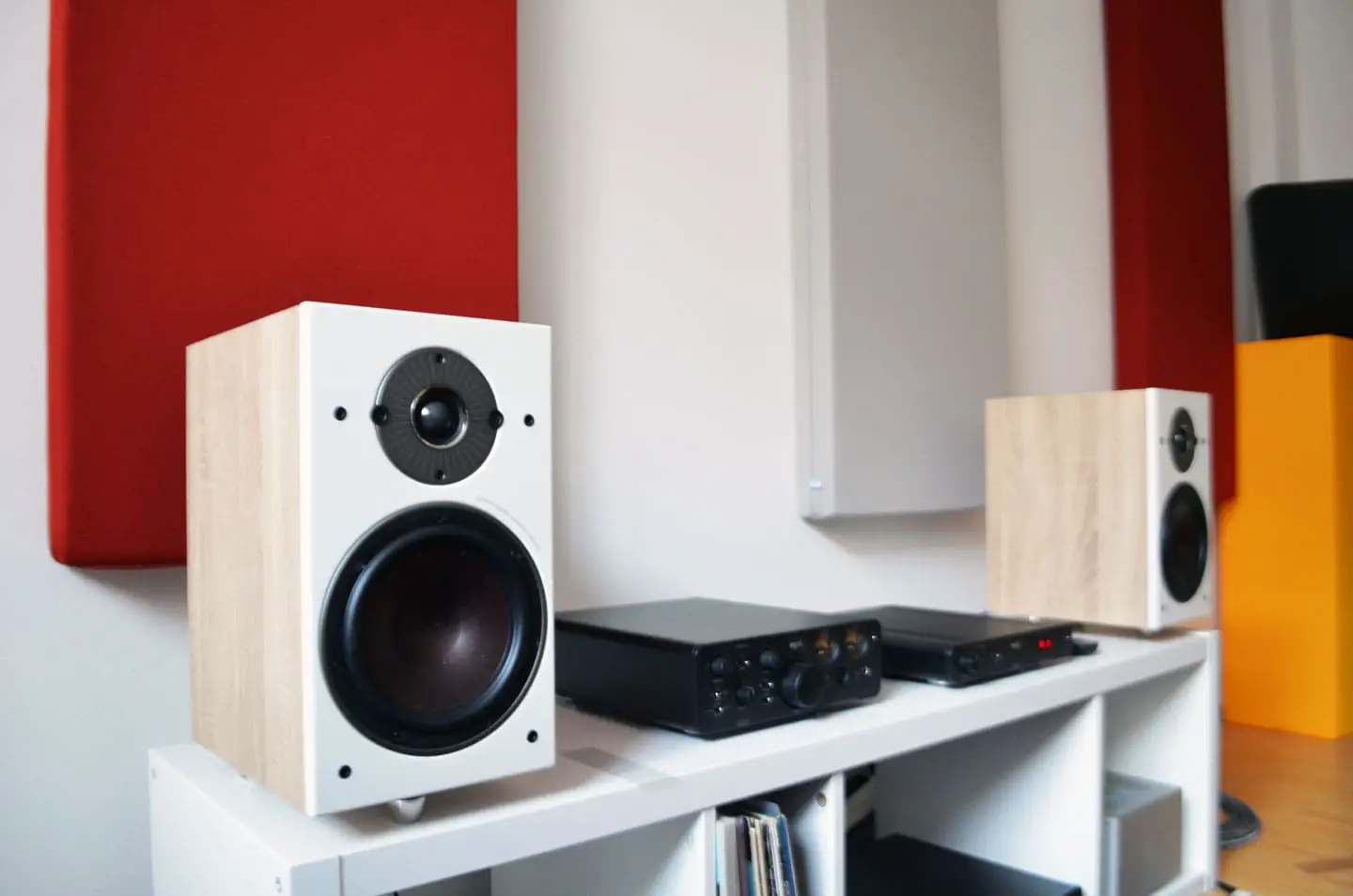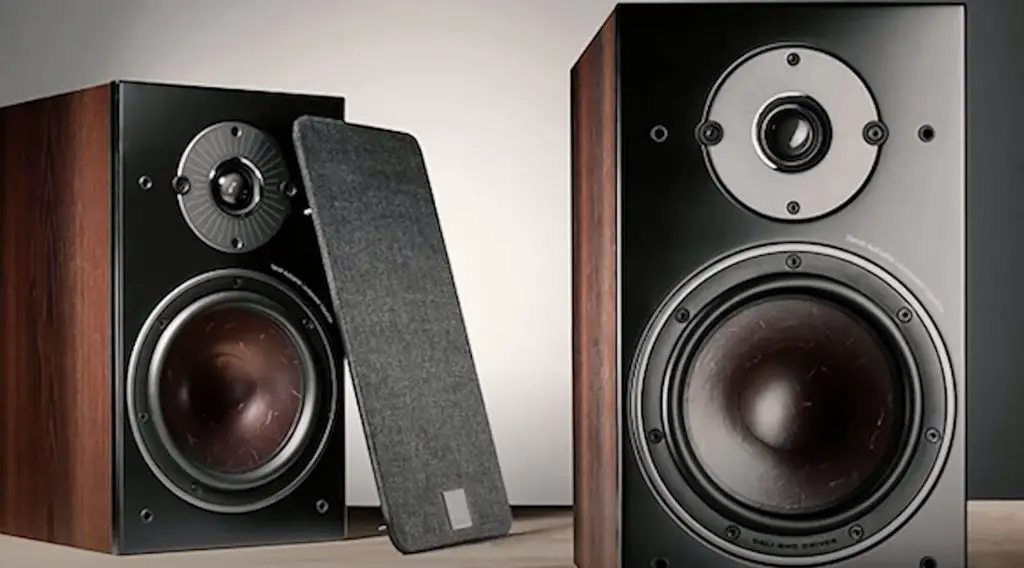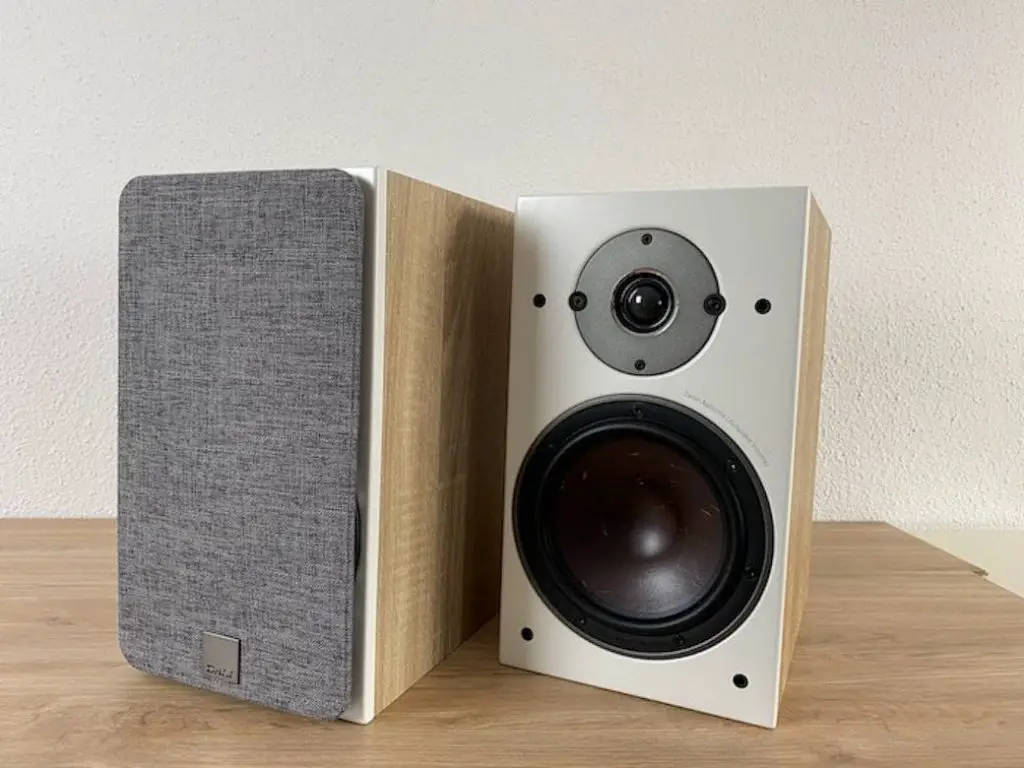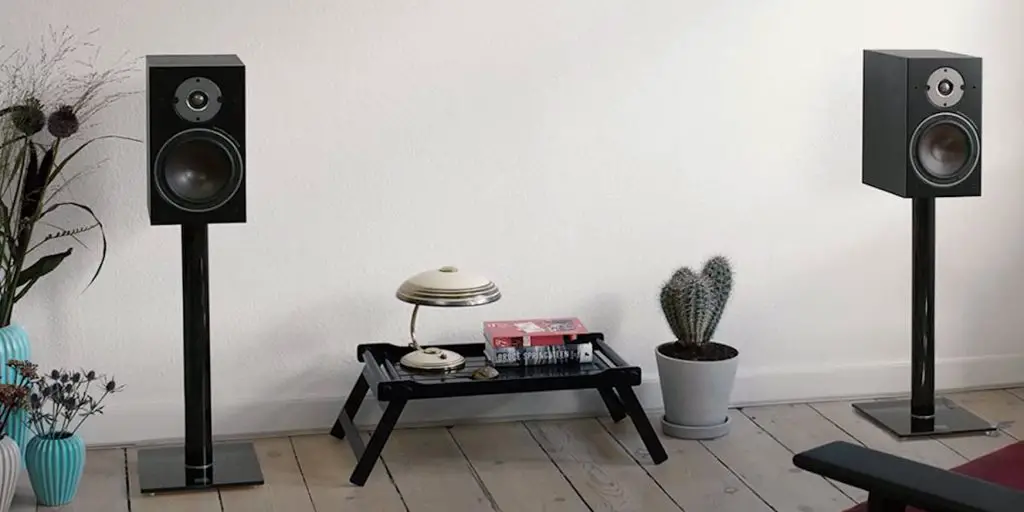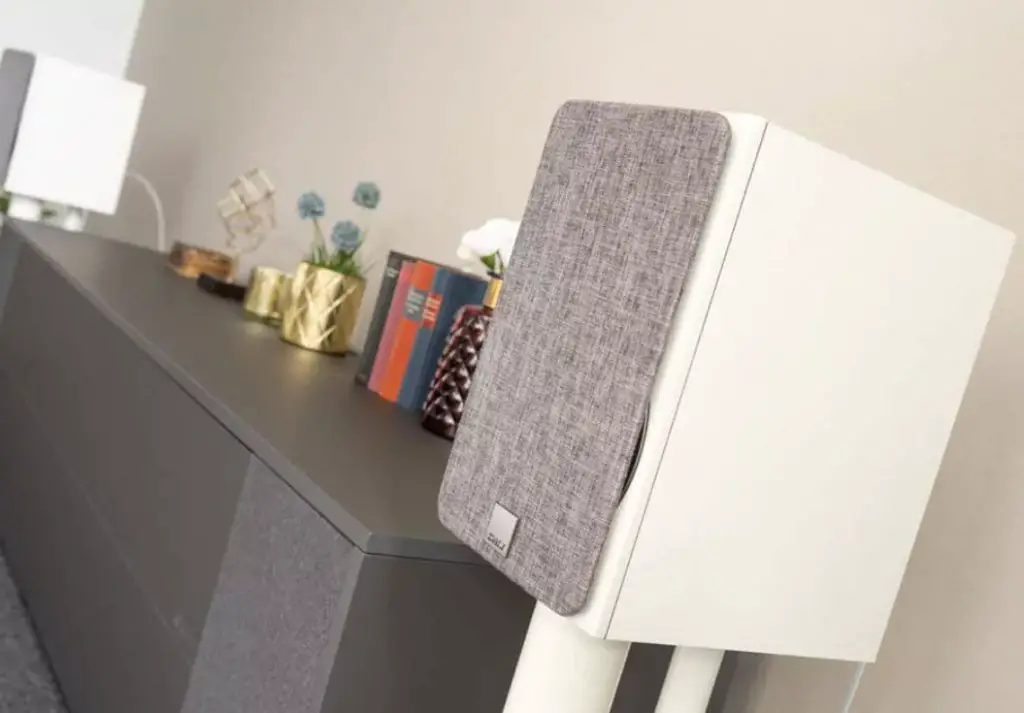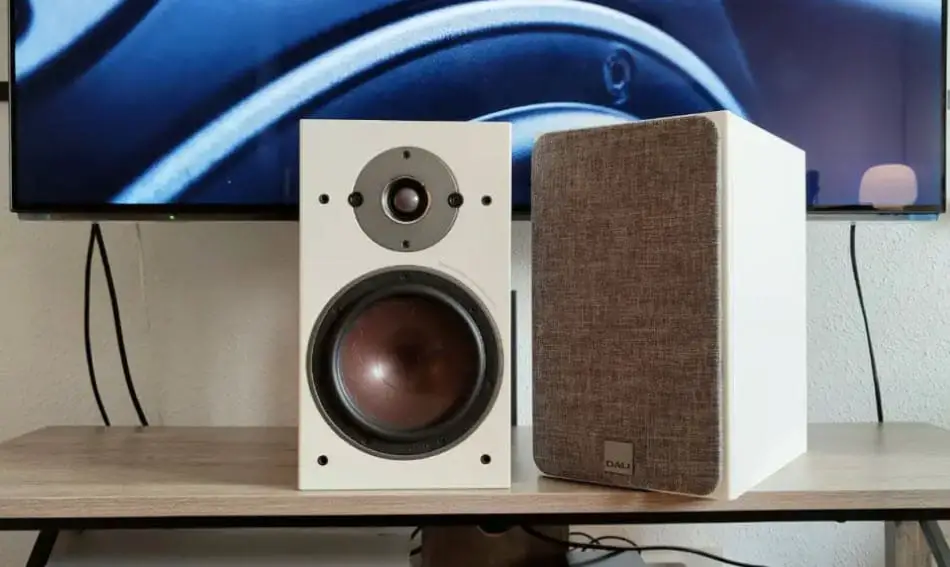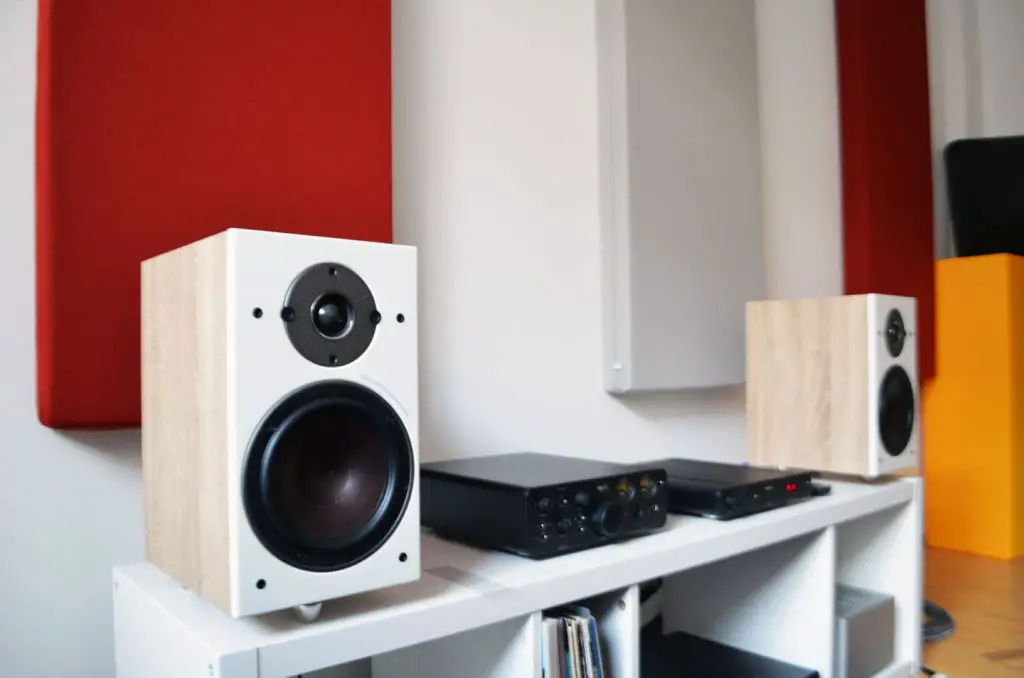Dali Oberon 3 Bookshelf Speaker Review
Every speaker brand has its own unique technologies. When it comes to the Danish speaker brand Dali, one of the most well-known is SMC (Soft magnetic compound). This unique material is magnetically charged but does not conduct electricity. When applied to the magnet system of a speaker driver, it prevents the generation of unnecessary current that can affect sound performance.
In the past, SMC has only been used in Dali’s Rubicon, Epicon, and Opticon series, making it a distinguishing factor between the company’s high-end and entry-level speakers. However, the new Dali Oberon series of entry-level speakers, which, for the first time, includes SMC in all of its speakers. The bookshelf speaker Oberon 3 is no exception.
Design
Currently, the Oberon series includes two bookshelf speakers (Oberon 1 and Oberon 3), two floor-standing speakers (Oberon 5 and Oberon 7), a center channel speaker (Oberon Vokal), and an on-wall speaker (Oberon On-Wall) to meet the needs of surround sound systems and various spaces.
The main focus of this blog post is the Oberon 3, the largest bookshelf speaker in the Oberon series. It is a suitable choice for those who require good bass performance but have limited space in their home.
The Tweeter
The Oberon 3 is a two-channel speaker with a 29mm soft dome tweeter and a 7-inch wood fiber cone woofer. The tweeter used in the Oberon series is a new tweeter specifically created for this series and made from a unique lightweight woven material.
Its diameter is larger than that of most commonly found tweeters and it is claimed to be half the weight of other tweeters of the same size. This lightweight, large-diameter design not only makes the tweeter easy to drive and helps it reproduce clear and detailed sound, but also allows it to generate high sound pressure within a short stroke and have an excellent bass extension, seamlessly blending with the mid and low frequencies.
In addition, like the other speakers in the Oberon series, the Oberon 3 has a shallow horn around the tweeter to improve its dispersion, even though it does not use Dali’s famous dome and ribbon tweeter module. This helps maintain a flat off-axis frequency response and makes the speaker easier to position and not confined to a narrow sweet spot.
The Woofer
The Oberon 3 is larger in size than the Oberon 1 bookshelf speaker, with a 7-inch diameter woofer that looks more powerful than the 5.25-inch mid-woofer on the Oberon 1.
This 7-inch mid-woofer is made from Dali’s famous paper and wood fiber composite diaphragm, on which the fibers are clearly visible and vary in thickness and length, creating a varied physical characteristic for the diaphragm that prevents resonance at certain frequency points.
The lightweight copper-clad aluminum (CCAW) material is used for the rear of the driver and SMC is applied to the front 1 cm of the voice coil, marking the first time SMC has been used in Dali’s entry-level series. Its non-conductive magnetic properties prevent the generation of unnecessary current and distortion during operation.
The Cabinet and Finishes
As the Oberon series is an entry-level line of speakers aimed at the general consumer market, it places a strong emphasis on being easy to approach and blending in with various home decor styles. The Oberon 3 is no exception in this regard. Its cabinet is made from Dali’s own MDF and features a reflex design with a bass reflex port at the back.
The manufacturer recommends keeping a distance of 5-50 cm between the port and the wall when placing the speaker. The bass reflex port on the Oberon 3 is also larger than those on most bookshelf speakers and has a streamlined curve design at its edge to enhance airflow efficiency and reduce friction noise.
The Oberon 3 speaker is available in four finishes: white, walnut, oak, and black ash. The one for review is the oak finish, with a light-colored veneer and white front baffle. It looks clean and bright, while the grille is made of a grey, coarse-weave fabric similar to that used by the Danish textile company Kvadrat.
The corners are also rounded, which gives the Oberon 3 a softer and more comfortable visual feel. Overall, the design makes the Oberon 3 look like a piece of Scandinavian furniture, simple yet high quality.
Sound Performance
When I played “Satie: Complete Piano Works Vol.1” I was immediately struck by the excellent dispersion of the speakers. Even when I placed the left and right speakers a couple of feet apart, the image of the piano remained solid and clear, with no sense of unreality.
When I moved the speakers closer together by about 50 cm, the image of the piano slightly receded, but the depth and ambiance of the soundstage became clearer and the bass strings had more weight and solidity. These observations suggest that the Oberon 3 can deliver a full, clear sound image and ample energy even when placed far apart and is equally suitable for use along either the long or short dimensions of a room.
During playback of “Gnossienne,” I could hear Oberon 3 accurately reproduce the force of fingers pressing down on piano keys with full, robust keystrokes during strong melodies, and delicate, flowing and graceful tones during weaker melodies.
In addition, the reverberation of each keystroke was sustained, creating a poetic atmosphere loved by music enthusiasts. Each keystroke flowed out of the speakers like jewels, with bright and clear tones for high piano keys and solid, full tones for low keys, sounding lively and sharp and full of vigor.
Then I played “Lavendel” from the album “Inspire” by Evelyn Huber on the Oberon 3 speakers. The speakers were able to clearly showcase the vibrato of the harp strings as well as the rich details and bright, crisp sound of the wind chimes. The sand chimes also had a distinct texture to them.
The wide soundstage created by the speakers made these sounds feel like birds flying through the sky. The most impressive part was the Oberon 3’s ability to easily convey full, rich energy. The drum beats were punchy and filled the space, and the double bass had a robust, physical presence. It was hard to believe that such an exciting sound was coming from a pair of bookshelf speakers when listening with eyes closed.
Listen to “Limit To Your Love” from James Blake’s self-titled album. In the opening, James Blake’s voice is clear and has lip and teeth details. The piano accompaniment has clear ups and downs and the finger stops vibrating the strings when it leaves the key.
The bassline, which is important in the music, is not only clear and smooth through Oberon 3, but even when it goes down to the lowest point, it does not feel like there is a loss of energy. At the end, when the bassline, vocals, piano, and percussion are intertwined, the bass sound does not damage the clarity of the other sounds and each sound has a clear hierarchy, which is rare for bookshelf speakers.
The last piece played is the Mozart opera “Idomeneo” conducted by Rene Jacobs. The vocal performance through the Oberon 3 speakers has a warm and captivating presence, with clear pronunciation and prominent resonance. Even in sections where the vocals are accompanied by the orchestra, the layering remains distinct and orderly.
During the choral piece “Scenda Amor” the Oberon 3 speakers showcase their excellent dispersion and an expansive soundstage, fully capturing the grandeur of the orchestra and choir. The timpani creates a strong and impactful rhythm, and the Oberon 3’s quick response allows for a tight and cohesive performance from the orchestra without any drag.
In the later part of the orchestra’s Ballet performance, the Oberon 3 also demonstrates a sharp and wide dynamic range, allowing for a lively and varied expression of emotion in the music. It is no exaggeration to say that these small Oberon 3 speakers have a dramatic personality, are capable of both subtlety and power, and are a joy to listen to when playing opera.
Conclusion
The Dali Oberon 3 bookshelf speakers have a compact, elegant design, but they also deliver a warm and pleasant sound. Their dynamic range gives the music a passionate character and they have a surprising amount of low-frequency energy. Overall, the Dali Oberon 3 has a friendly appearance and can be used in both stereo and surround sound systems.
Dali Oberon 3 Bookshelf Speaker Specs
- Recommended Amplifier Power: 25 – 150 Watt
- Impedance: 6Ω
- Sensitivity: 87 dB (2,83V/1m)
- Frequency Response: 47 Hz – 26 kHz
- Tweeter: 29 mm Soft Textile Dome
- Woofer: 7″ Wood Fibre Cone
- Bass Reflex: Yes
- Dimensions (HxWxD): 350 x 200 x 315 mm
- Weight: 6.3 kg
- Warranty: 60 Months
